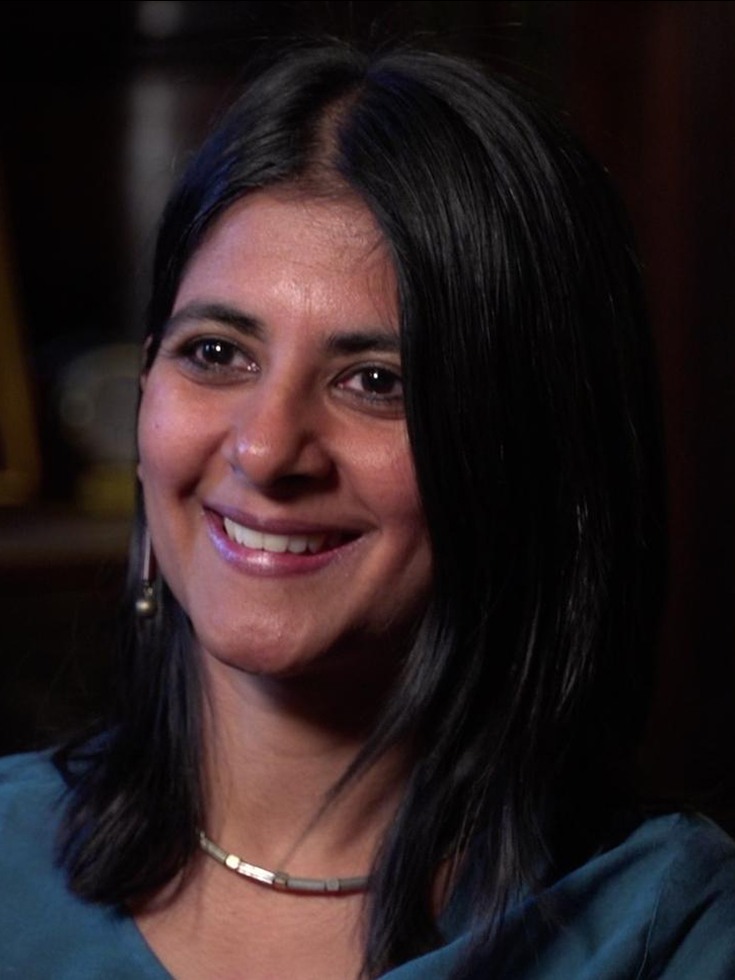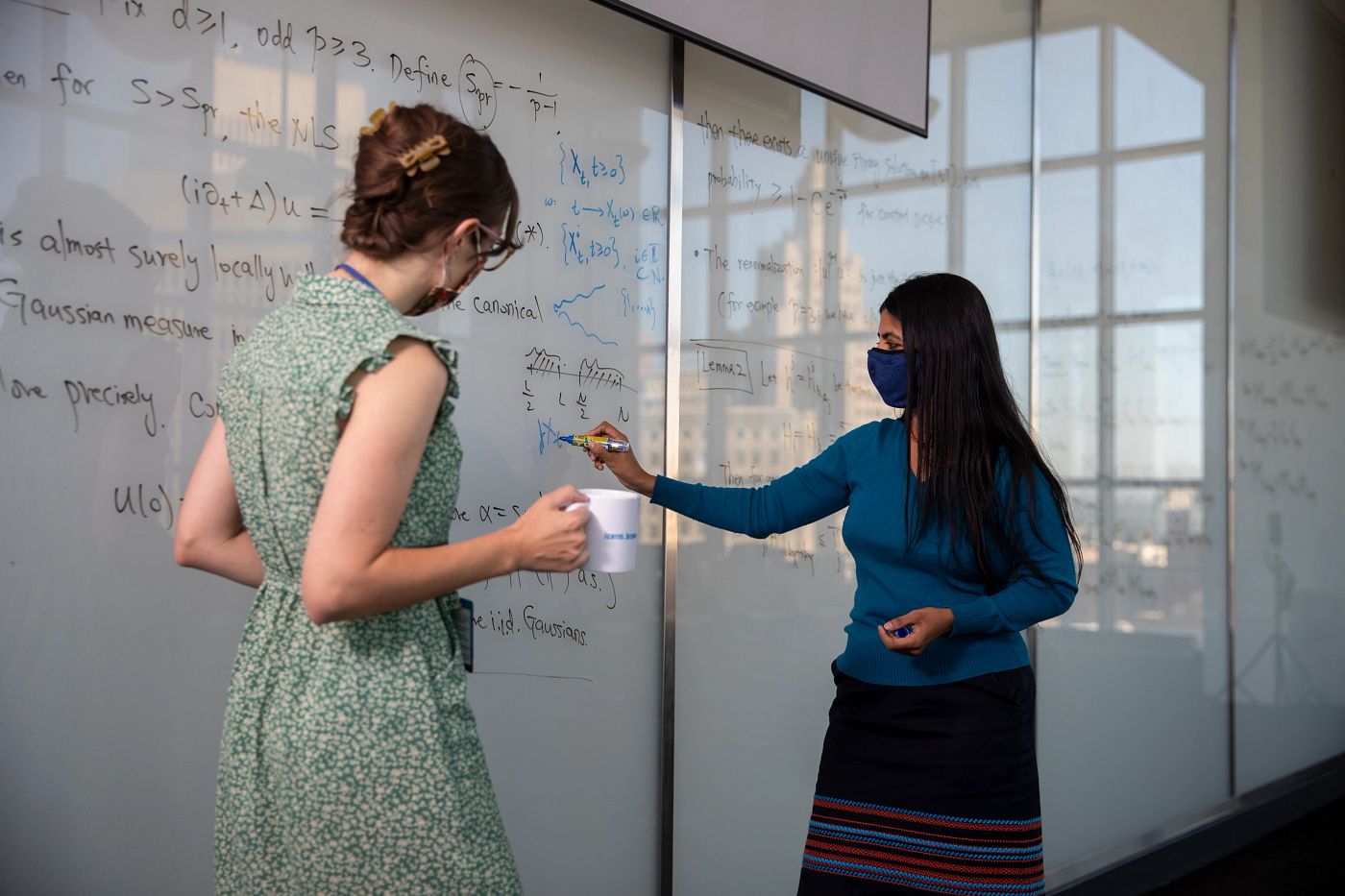Ramanan’s work in probability theory has earned her an abundance of awards and honors. Last May, she received the Vannevar Bush Faculty Fellowship, the most prestigious award issued by the U.S. Department of Defense. She’s a member of the American Academy of Arts and Sciences, a fellow of several societies, including the American Mathematical Society, the American Association for the Advancement of Science, and the Society for Industrial and Applied Mathematics, and has also won fellowships from the Simons Foundation and the Guggenheim Foundation.
In addition to her research, Ramanan also treasures the opportunity to work with students at Brown and colleagues around the world.
“I don't think people understand what a social profession mathematics is,” she said. “The process of explaining your work to others, either as a teacher or as a researcher, gives rise to many wonderful interactions. And I really enjoy interacting with young students — advising them and seeing them grow.”
In fact, Ramanan said, it was an interaction with a Brown student that led to her work on random projections of high-dimensional data. The student, an enthusiastic participant in Ramanan’s probability course, asked Ramanan for some additional material to read outside of class. She chose a paper she thought might be of interest to the student, and then read it herself to prepare for discussing it with him. Reading that paper, which she may not have found otherwise, led Ramanan to develop her new ideas on the subject.
Meeting that particular student who had an interest in that particular paper was a random encounter. And as Ramanan’s work proves, randomness can be a powerful thing.

